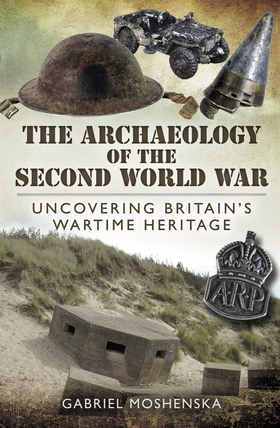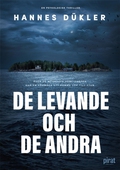
Lägg till önskelistan
The Archaeology of the Second World War e-bok
Pris
115 kr
The Second World War transformed British society. Men, women and children inhabited the war in every area of their lives, from their clothing and food to schools, workplaces and wartime service. This transformation affected the landscapes, towns and cities as factories turned to war work, beaches were prepared as battlefields and agricultural land became airfields and army camps. Some of these changes were violent: houses were blasted into bombsites, burning aircraft tumbled out of the sky an...
E-Bok
115 kr
Pris
Förlag
Pen and Sword
Utgiven
26 Augusti 2021
Längd
146 sidor
Genrer
Historia & Arkeologi, Fackböcker
Språk
English
Format
epub
Kopieringsskydd
Vattenmärkt
ISBN
9781473822306
The Second World War transformed British society. Men, women and children inhabited the war in every area of their lives, from their clothing and food to schools, workplaces and wartime service. This transformation affected the landscapes, towns and cities as factories turned to war work, beaches were prepared as battlefields and agricultural land became airfields and army camps. Some of these changes were violent: houses were blasted into bombsites, burning aircraft tumbled out of the sky and the seas around Britain became a graveyard for sunken ships. Many physical signs of the war have survived – a vast array of sites and artefacts that archaeologists can explore - and Gabriel Moshenska’s new book is an essential introduction to them.
He shows how archaeology can bring the ruins, relics and historic sites of the war to life, especially when it is combined with interviews and archival research in order to build up a clear picture of Britain and its people during the conflict. His work provides for the first time a broad and inclusive overview of the main themes of Second World War archaeology and a guide to many of the different types of sites in Britain. It will open up the subject for readers who have a general interest in the war and it will be necessary reading and reference for those who are already fascinated by wartime archaeology - they will find something new and unexpected within the wide range of sites featured in the book.




